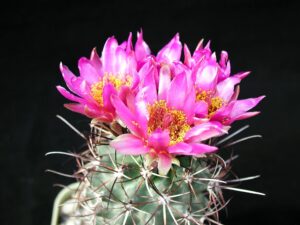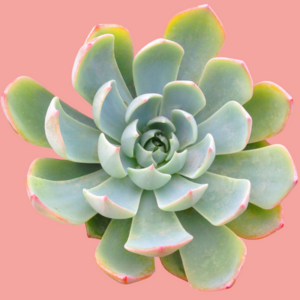South Texas, with its arid climate and diverse ecosystems, is a haven for various cactus species. These hardy plants have adapted to the harsh conditions of the region, showcasing an astonishing variety of forms, sizes, and colors. This article delves into the unique cactus varieties found in South Texas, exploring their characteristics, uses, and conservation efforts.
Understanding the distinctive environments where these cacti thrive is essential. The dramatic temperature fluctuations, low rainfall, and varied soil types create a complex habitat where only the hardiest plants can flourish.
South Texas encompasses multiple ecological zones, including deserts and scrublands, providing a range of habitats for diverse cactus species. The plants have evolved unique adaptations, enabling them to survive and thrive despite the inhospitable conditions. One remarkable feature of many South Texas cacti is their ability to store water, a crucial adaptability in an area where drought is common.
In this verdant tapestry of spines and colors, several standout species capture the attention of botanists and enthusiasts alike. Each possesses unique traits that contribute to the biological richness of the region.
Crested Saguaro (Carnegiea gigantea)
Though typically associated with the iconic landscapes of Arizona, the crested saguaro has also made its home in parts of Texas. These towering giants can grow to be well over 40 feet tall, with distinctive “crown” formations at the tops of their arms. These crest formations are not only visually striking but also botanically significant, resulting from a rare mutation that causes abnormal growth patterns.
The crested saguaro plays a crucial role in its ecosystem, providing habitat for various birds, insects, and mammals that depend on its structure and moisture retention properties. The flowers bloom in late spring, with a fragrance that attracts pollinators like bees and bats, showcasing the interdependence of the plants within their environment.
Common Barrel Cactus (Ferocactus wislizeni)
The common barrel cactus is a quintessential emblem of the South Texas desert. This stocky, cylindrical cactus can reach heights of up to ten feet and is often adorned with long, sharp spines that protect it from herbivores seeking its moisture-rich flesh. The barrel cactus is famous for its vibrant yellow or red flowers, which erupt in late spring, dazzling onlookers and attracting pollinators from miles away.
The common barrel cactus is not only an attractive addition to the desert landscape, but it also boasts practical uses. Its fleshy, moist interior can be consumed as a source of hydration in survival situations, while the spines can be used for crafting tools or ceremonial artifacts by indigenous peoples. Beyond its utility, the barrel cactus serves as a living calendar, with its growth rings providing insights into the climatic conditions of the years it has endured.
Pad Cactus (Opuntia spp.)
Pad cactus, or prickly pear, encompasses a variety of species thriving across South Texas. Characterized by its flat, paddle-like pads, this cactus is not only visually distinct but also incredibly versatile. The pads are edible and are commonly used in culinary dishes throughout the Southwest. Known as nopales, they can be grilled or sautéed, adding a unique flavor and nutritious element to meals.
Beyond its culinary applications, pad cactus serves an essential ecological function. Its flowers, which bloom in vibrant yellows and magentas, provide sustenance to many pollinators while its pads serve as a food source for various animals. Additionally, the spines serve as a deterrent against grazing animals, allowing the plant to thrive in otherwise challenging conditions.
The fruit of the prickly pear, known as “tunas,” is another culinary delight. These colorful berries are sweet and juicy, often used to make jellies, candies, and beverages, showcasing a bridge between cultural heritage and contemporary food practices.
Conservation Efforts: Protecting the Spine-dwelling Wonders
As urban development encroaches on natural habitats and climate change threatens the delicate ecosystems of South Texas, conservation efforts become increasingly vital. Various organizations and local communities have initiated programs aimed at preserving these unique cactus species and their habitats. Restoration projects often focus on educating the public about the importance of these plants in their ecosystem while promoting sustainable practices.
Moreover, cacti face threats such as illegal harvesting and habitat destruction, prompting a need for regulatory measures to protect these iconic plants. By fostering an appreciation for the ecological and cultural significance of cacti, communities can better prioritize their conservation.
Engaging the next generation in preserving these natural treasures is crucial. Educational programs in schools, botanical gardens, and community organizations emphasize environmental stewardship, empowering individuals to advocate for local flora and fauna.
In conclusion, the unique cactus varieties of South Texas are far more than just resilient survivors in an extreme environment; they are integral components of the regional ecosystem, foundational to the area’s cultural identity, and a source of inspiration for many. As the world changes, it is imperative that we acknowledge and protect these remarkable plants that have adapted to flourish in adversity.





Leave a Comment